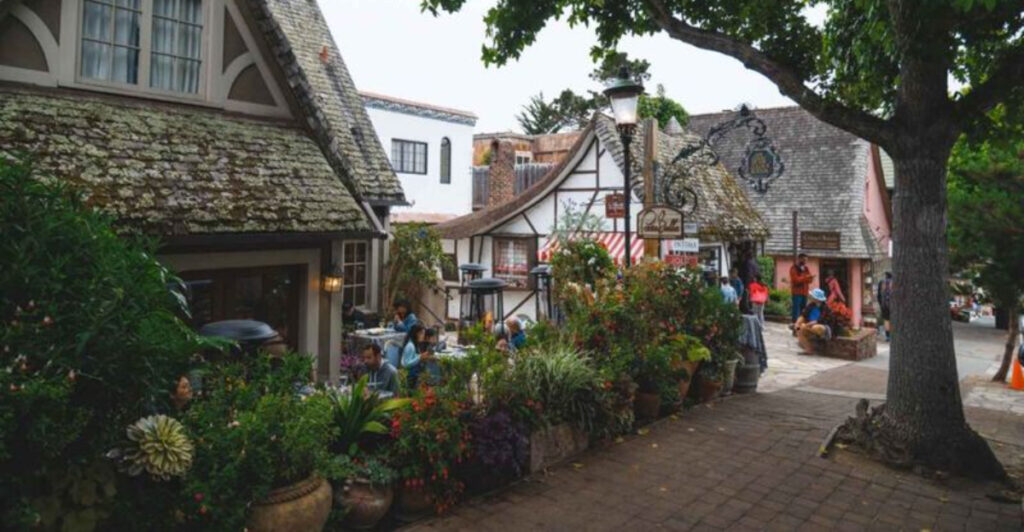Nestled along California’s stunning coastline sits Carmel-by-the-Sea, a magical town where homes have no street addresses and mail comes with a side of community gossip. For over a century, residents have picked up their mail at the local post office, turning a simple errand into the town’s most beloved social tradition. Now, after a heated city council vote in July 2024, this enchanting custom faces extinction as modern safety concerns clash with old-world charm. Will Carmel’s fairy-tale atmosphere survive the march of progress?
1. America’s Last Address-Free Community Lives On Ocean Avenue
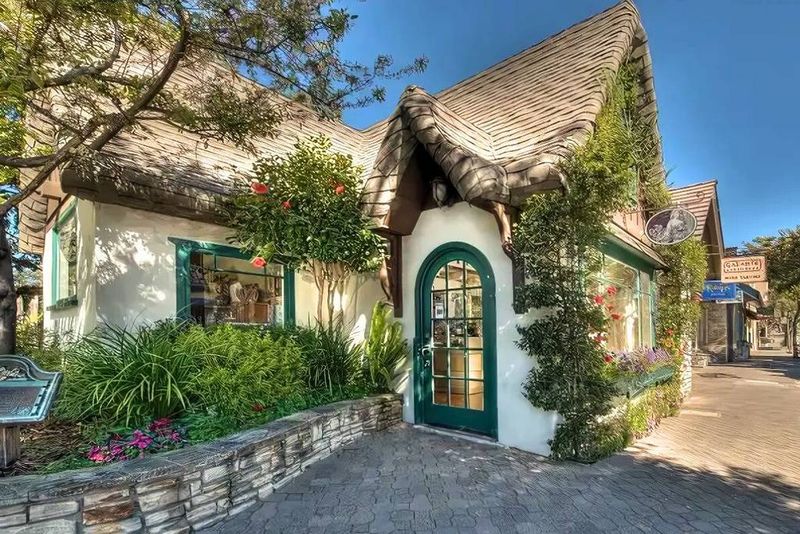
Picture a place where your home is known as “the blue cottage with white shutters near the cypress tree” instead of 123 Main Street. Carmel-by-the-Sea holds this unique distinction as America’s only town without street addresses.
Residents embrace whimsical property names like “Faux Chateau” or “Hansel and Gretel House.” Mail carriers navigate using landmarks and colorful descriptions rather than numbers. This system creates an intimate village atmosphere where everyone knows their neighbors.
The tradition started in the early 1900s when the town’s founders wanted to preserve its artistic, bohemian character and reject conventional urban planning.
2. The Post Office Serves As Town’s Social Heartbeat
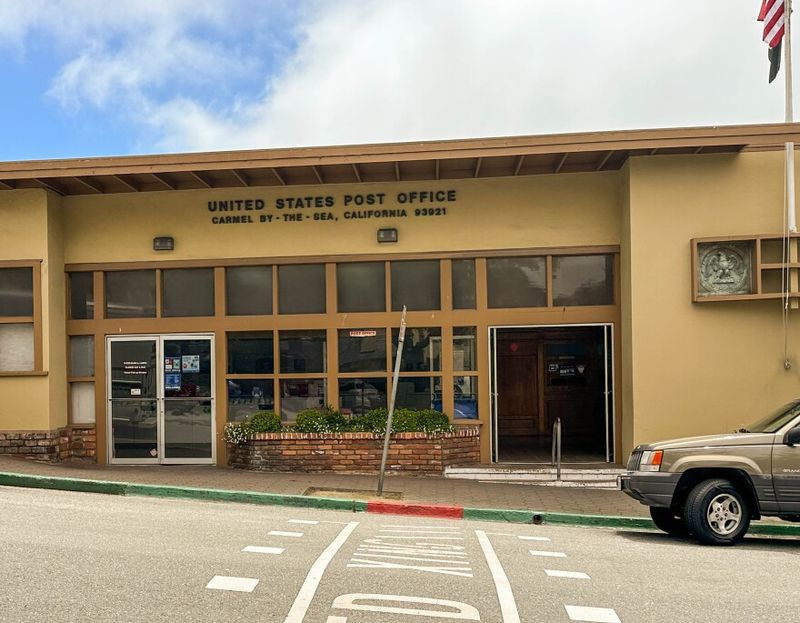
Every morning, locals gather at Carmel’s historic post office for more than just mail pickup. This daily ritual transforms a mundane task into the community’s primary social hub.
Friends catch up on neighborhood news while sorting through letters and packages. Newcomers receive warm welcomes and insider tips about the best local restaurants. Business deals get discussed between mailbox visits.
The post office becomes a living bulletin board where residents share everything from lost pet alerts to dinner party invitations. Without home delivery, this gathering spot maintains the town’s close-knit spirit that chain stores and modern conveniences often destroy.
3. Emergency Responders Face Life-or-Death Navigation Challenges
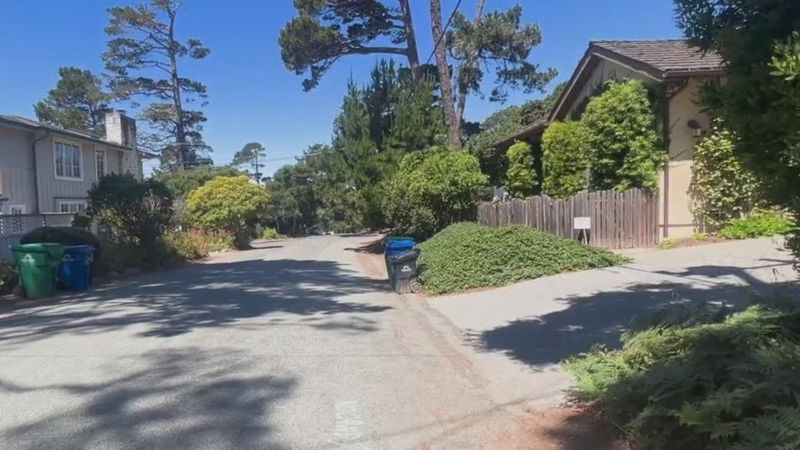
“Turn left at the house with the red door, then look for the cottage behind the tall hedge” doesn’t help paramedics racing against time. Emergency responders have struggled for decades with Carmel’s poetic address system.
Fire trucks waste precious minutes searching for homes during nighttime emergencies. Ambulance crews rely on cell phone GPS coordinates and frantic neighbors waving flashlights. Police officers memorize landmark descriptions like students cramming for exams.
Councilmember Karen Ferlito’s urgent question haunts public safety meetings: “Do we need to wait for someone to die?” This stark reality drives the push for conventional street numbering despite fierce community resistance.
4. City Council’s Controversial Vote Splits the Community
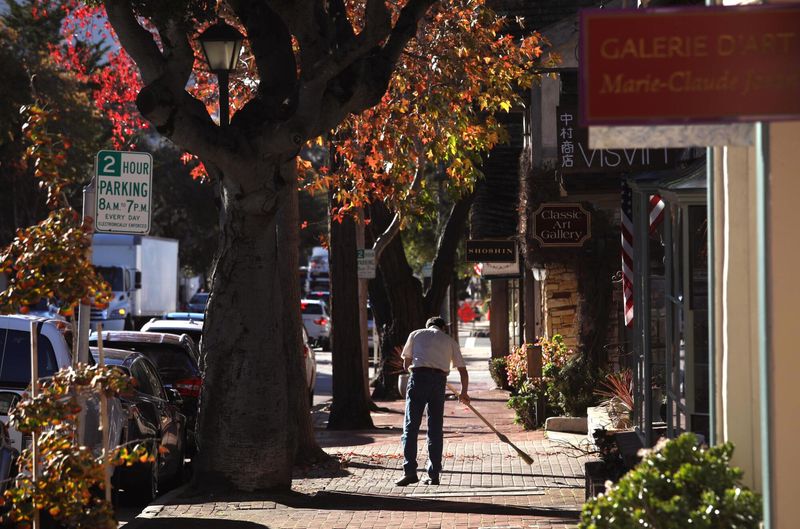
July 2024 brought Carmel’s most contentious political battle in decades when the city council voted 3-2 to implement street numbers. The narrow margin reflected deep community divisions about preserving tradition versus ensuring safety.
Supporters argued that modern life demands practical solutions for emergency services and package delivery. Opponents feared losing the town’s unique identity that attracts tourists and maintains property values.
Rather than immediate implementation, the council wisely chose democracy over decree. The final decision now rests with voters in November 2025, giving residents time to debate this historic change that could reshape Carmel’s character forever.
5. Artists and Writers Built This Bohemian Paradise

Long before Instagram influencers discovered coastal charm, Carmel attracted genuine artistic souls seeking inspiration. Poet Robinson Jeffers built his stone tower here, while painters captured the dramatic coastline on countless canvases.
The town’s rejection of street addresses reflected its founders’ artistic rebellion against conventional society. Writers found creative freedom in a place that valued imagination over bureaucracy.
Today, art galleries line every cobblestone street, continuing the legacy of creative expression. Photography studios showcase stunning local landscapes while sculptors display their work in seaside gardens. This artistic heritage makes the address debate more than practical policy—it’s about preserving the soul that makes Carmel magical.
6. Fairy-Tale Architecture Defies Modern Development
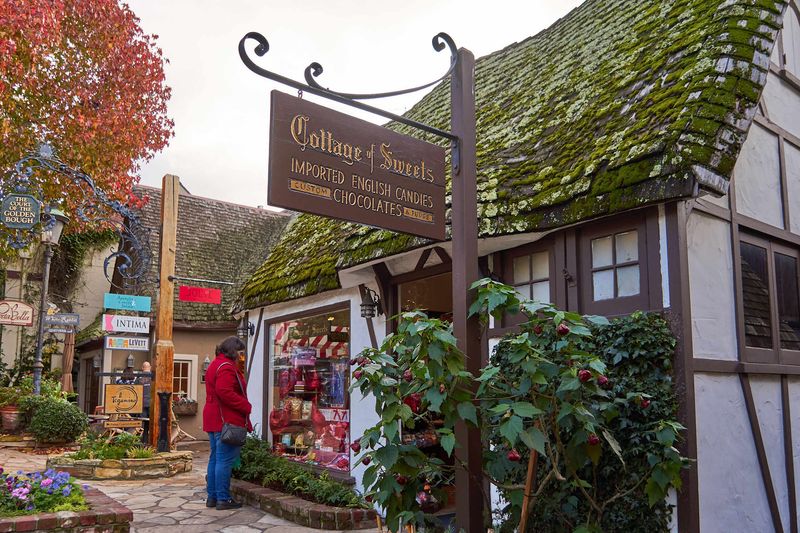
Walking through Carmel feels like stepping into a Brothers Grimm story, complete with cobblestone paths and cottages that seem designed for woodland creatures. The town’s strict building codes protect this enchanted atmosphere.
Chain restaurants face outright bans while neon signs remain forbidden. Even high heels on certain streets once required permits, though this quirky law rarely gets enforced. Building heights stay low to preserve ocean views.
New construction must blend seamlessly with existing fairy-tale aesthetics. Developers can’t bulldoze character for profit margins. These preservation rules explain why introducing street numbers feels like such a threat to residents who’ve fought hard to maintain their storybook setting.
7. Clint Eastwood’s Surprising Mayoral Legacy Lives On

Hollywood tough guy Clint Eastwood trading gunfights for city council meetings sounds like movie fiction, but Carmel residents elected him mayor in 1986. His two-year term brought unexpected changes to the quirky coastal town.
Eastwood fought against overly restrictive ordinances that banned ice cream sales and required permits for street performances. He promoted tourism while protecting the town’s artistic soul. His practical approach balanced preservation with common sense.
The famous actor-director proved that celebrity status could serve small-town politics effectively. His legacy reminds current residents that change doesn’t always destroy character—sometimes it enhances what makes a place special while addressing real community needs.
8. Visitors Can Still Experience This Vanishing Tradition
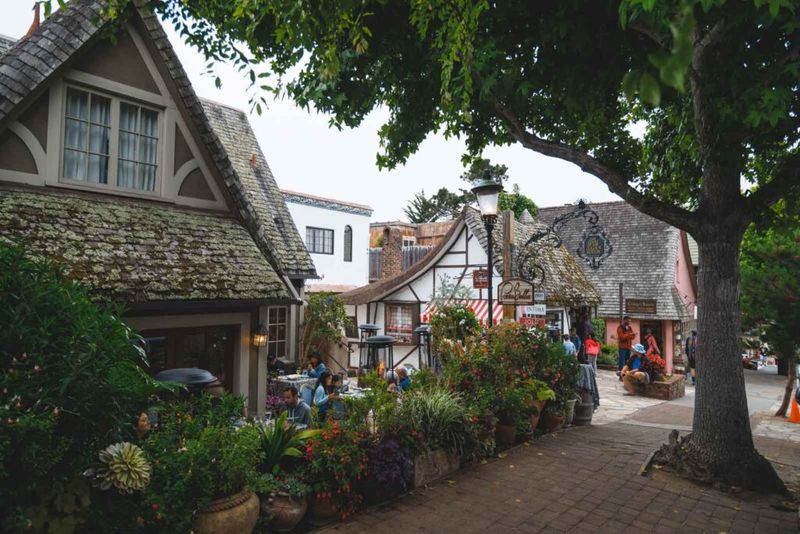
Smart travelers will visit Carmel now, before street numbers potentially end America’s last address-free community. The town offers unique experiences impossible to find elsewhere in the country.
Guests can practice giving directions using landmarks instead of GPS coordinates. Local shops provide hand-drawn maps with whimsical location descriptions. Hotels embrace the no-address tradition with creative room identification systems.
Beach walks along Carmel’s pristine coastline lead to Pebble Beach and the famous 17-Mile Drive. Art galleries showcase local talent while cozy restaurants serve fresh seafood. Whether this charming tradition survives the November 2025 vote, visitors can witness history in the making at America’s most enchanting coastal village.

